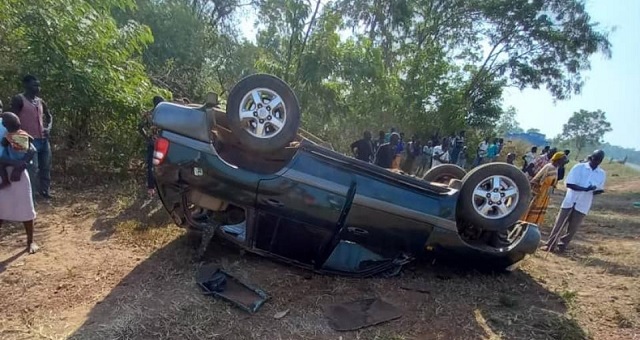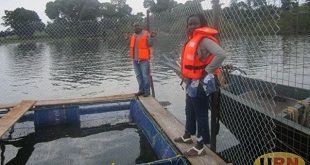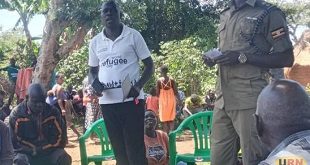
An average of 3,600 people die from road crashes in Uganda according to traffic police reports
Kampala, Uganda | THE INDEPENDENT | The Ministry of Works and Transport is now appealing for support from the public to reduce traffic accident deaths by at least half by 2030.
This is one of the new approaches that Uganda has decided to employ having performed poorly in the first UN-supported global resolution to half the deaths by 2020. Globally, road traffic crashes are the 18th leading cause of death, with more than 1.35 million deaths and up to a 50million injuries recorded every year according to the Global status report on road safety.
At the 2020 Global Ministerial Meeting in Stockholm, it was found that only Sweden and Brazil had tried to achieve the target, while Uganda was among the many countries whose death rates increased instead. An average of 3,600 people die from road crashes in Uganda, according to traffic police reports.
Judith Karara, the senior road safety officer at the Ministry of Works says that when COVID-19 hit the country and a lockdown was introduced, the ministry hoped that the restrictions on transport would lower the accidents and death, at least temporarily. However, there was hardly any change, calling for more thought about the causes of the high accident and death rates according to Karara.
Karara says that many possible reasons for the high figures were suggested, including little political will, corruption and lack of funding among others. But she says the authorities think one of the reasons is that the government agencies have been working in isolation, and hopes that taking on different people and organisations in the campaign will help significantly.
She was speaking at the partnership agreement between Nicole Foundation and the Innovation Village, aimed at finding digital solutions that can contribute to the reduction in accidents and accident deaths.
The Nicole Foundation was formed in honour of the late Nicole Blessing Ahumuza, who died in a road accident in Kasese in 2020.
Ahumuza was the daughter of Ernest Rubondo, the Chief Executive Officer of the Petroleum Authority of Uganda. At the time she died, she had just completed her Senior four exams and waiting for the results.
Rubondo, an insurance executive and member of the Advisory Council of the Nicole Foundation, says the family decided to take advantage by honouring their daughter because at 16, she had already “touched many people’s hearts” because of the many talents she had and what she had already accomplished.
He says the foundation hopes to contribute by promoting “safety on the road and security in the car”.
The partnership with the Innovation Village will conduct a road safety hackathon campaign aimed at promoting road safety through innovation and the use of technology to deliver practical solutions. Through this, young innovators will camp at the FutureLab studios in a challenge to come up with the best technology to deliver practical solutions that can help promote road safety.
“To support the organization’s vision, we came up with a Wheel of Offering with eight pillars which seek to ensure road safety and guidance. These include: – Safety before you travel, when with family or relatives, when you are the driver, when you are a passenger, when an accident happens, when you travel with public transport, after the accident, and during recovery and wellness,” says Rubondo.
And it is from these eight pillars that the solutions from the road safety hackathon will be developed.
According to Arthur Mukembo, lead FutureLab studios at the Innovation Village, the winning solutions will be taken through a development process, funding and marketing so that they are deployed for the purposes they are meant for.
Mukembo also says they chose only four pillars on which they will focus because they think these are the ones that will help reduce incidents, while the others are after the incident has happened.
*****
URN
 The Independent Uganda: You get the Truth we Pay the Price
The Independent Uganda: You get the Truth we Pay the Price



